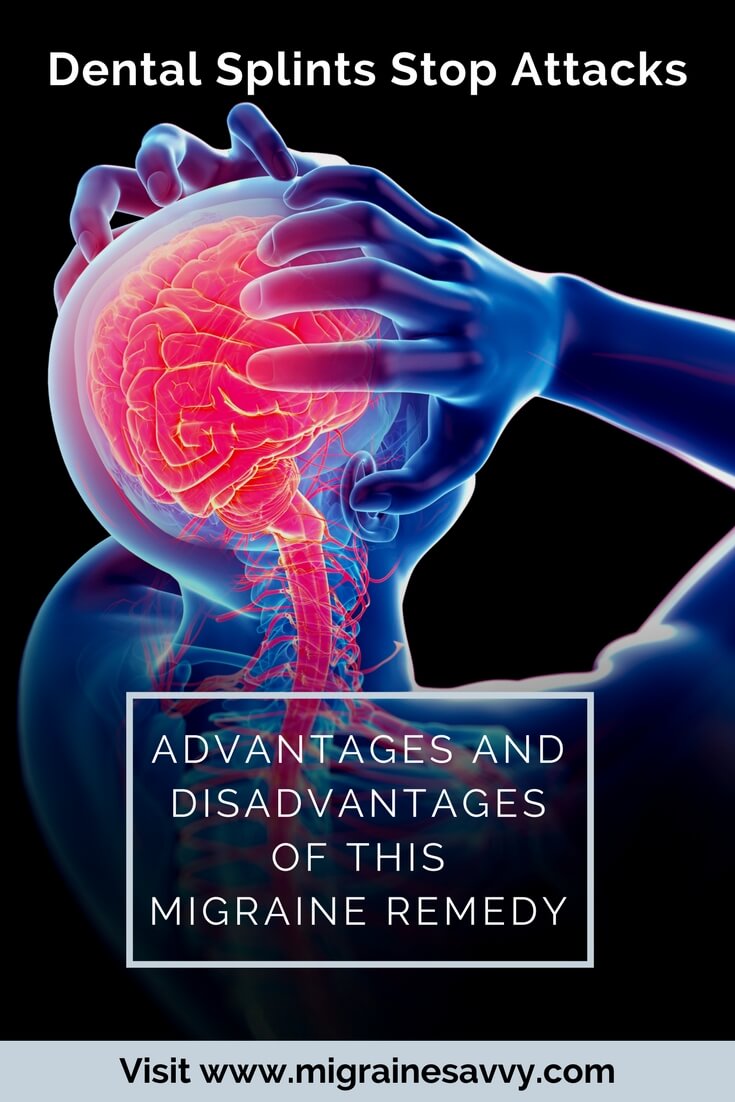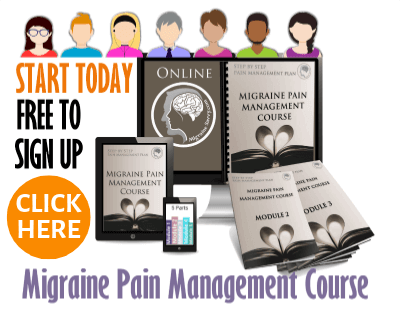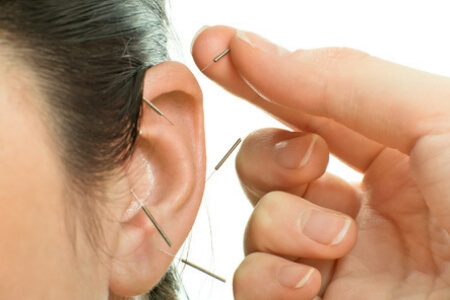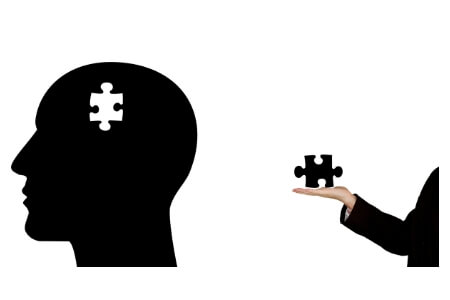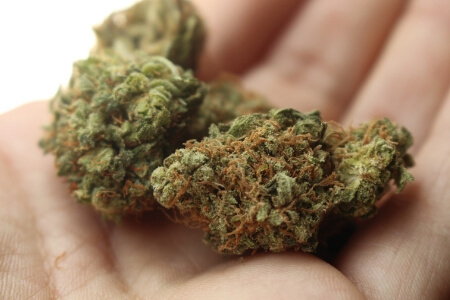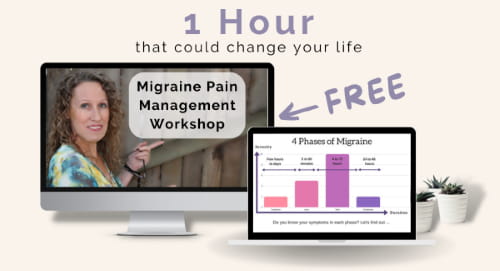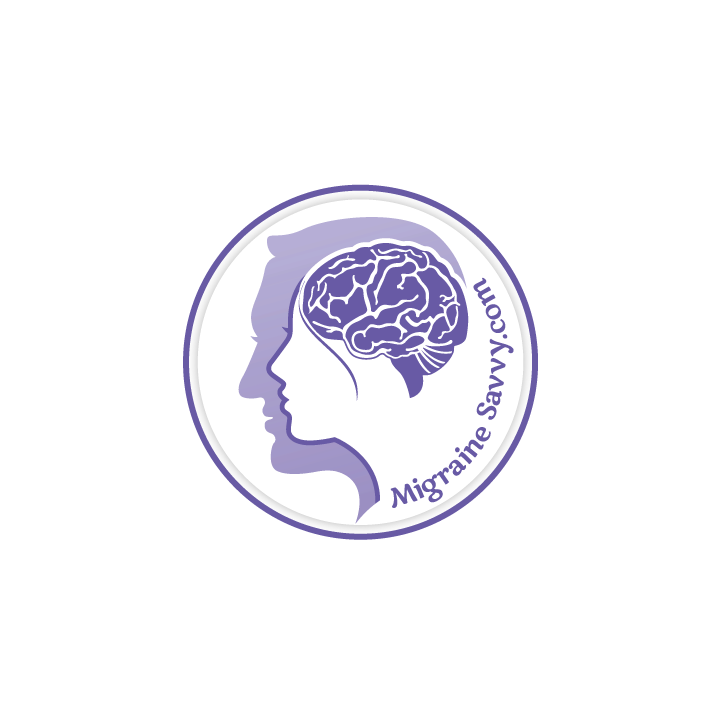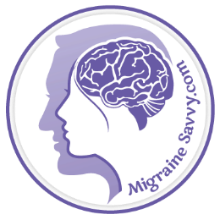- Home
- Alternative Treatments
- Does Tmj Cause Headaches
Magnesium Deficient = More Migraine Attacks
Science confirms this hidden trigger.
Get all 7 forms your body actually absorbs in one bottle.
🎁Save 10% with my code!
Magnesium Deficient = More Migraine Attacks
Science confirms this hidden trigger. Get all 7 forms your body actually absorbs in one bottle +
🎁Save 10% with my code!
Does TMJ Cause Headaches?
Learn How To Prevent Attacks In Your Sleep
~ Guest post Does TMJ Cause Headaches? by dentist Dr. Richard Mitchell, BDS. Verified and published by Holly Hazen.
Does TMJ cause headaches? It sure can...
Have you heard of the NTI dental splint that is FDA approved, drug free and has great success rates in the trials. A 77% reduction in fact! Here are the details from an expert... Dr. Richard Mitchell, BDS.
My #1 Choice in Magnesium Supplementation
When you're looking for a migraine remedy, you might wonder where to start. There are so many possible causes of migraine, it can be very difficult to know where to look.
If you are just starting out on your search for a migraine solution, I would recommend that the first place to look would be this page Migraine Causes, which explains the possible causes of migraines.
But, if you are already a ways down the 'migraine search' road, and if you have medically diagnosed migraines, and you are not getting much relief with anything you have tried so far, there is one more migraine remedy option that has FDA approval as a migraine therapy, and is drug-free.
FDA Approved, Drug Free Headache Reduction
This is a small acrylic splint that you wear over your four front teeth at night-time, when you're asleep. It may sound a little weird at first, but what this little device does is prevent you from clenching your teeth when you're asleep.
Most folk don't appreciate that all of us tend to clench and grind our teeth at night.
Nearly all my patients tell me that they fall asleep with their mouth open, so they "definitely don't clench" their teeth at night. But when I look at their teeth and jaws, I can see many signs that they do clench their teeth. They just don't know it, because they are deeply asleep!
It's usually harmless enough.
But for a number of people, this night-time clenching can cause muscle spasm in the powerful muscles in the temples that control jaw closing.
Test yourself - right now - just put couple of fingers on your temple area, just above and behind your eye. Now try clenching and unclenching your teeth. You may have to feel around the area a little, but then you'll notice that muscle contracting and bulging when you clench your teeth.
So, it's not just the big muscles around your bottom jaw that help you close our teeth together, there are several other muscle groups too. When these muscles contract at night, when you're asleep, they can generate more than double the force that they can when you're awake.
And these muscles all have an attachment onto the various bones around your skull. Just imagine how inflamed and tender those muscle attachments could get if you are clenching your teeth intensely for an hour or so every night!
Does TMJ cause headaches? It sure can... and in some people, this can be a migraine trigger.
This possibility was recognised by a Californian dentist Dr. Jim Boyd, himself a chronic migraine sufferer. After much trial-and-error, and consulting with experts in sleep medicine and migraine headaches, he developed a new migraine remedy - a small acrylic splint that could prevent (or at least drastically reduce) night-time jaw clenching.
DOES TMJ CAUSE HEADACHES? WATCH THE MIGRAINE WORLD SUMMIT FOR EXPERT PREVENTION TIPS >>
So how does this dental splint work to reduce headaches?
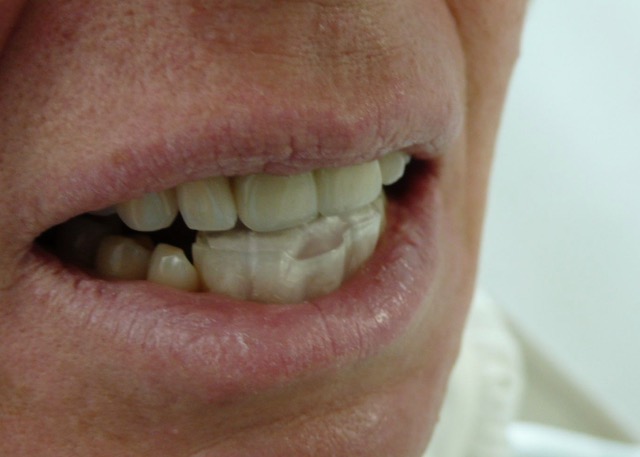 The NTI dental splint is FDA approved
The NTI dental splint is FDA approvedThe little splint fits over your lower four front teeth, the incisors. In the original designs, it was over the upper incisors, but as the design evolved there were good reasons to switch to the lower teeth. It just clicks snugly into place.
When your jaw closes, your upper incisors come into contact with the acrylic splint on the lower teeth. Now there is a 1mm gap between all the back teeth.
Even when you slide your jaw from side-to-side, there should always be a gap at the back. It's very important that no back teeth come into contact at any time. And especially the "eye" teeth (the "canine" teeth or "Dracula" teeth) at the front.
Why?
We all have certain reflexes in our bodies. One of them concerns our teeth and the jaw muscles that close our jaws. These muscles have a reflex to 'chomp down' or contract when there is contact between the back teeth.
The reflex is strongest in the molars, and also the eye teeth. If these teeth come into contact with something - like hard food, or the opposing tooth, then - wham - the reflex to clench is triggered.
When you are awake, this is not normally a problem, because you are (mostly) aware of what's happening, and you can consciously over-ride the reflex. (Although this doesn't always happen… but that's another story!).
But when you are deeply asleep, this reflex can be triggered, and unconsciously you will clench and grind your teeth, sometimes generating huge forces through the muscles and jaw joint.
With the splint in place, this reflex is much weaker, because the only contact is between the upper and lower incisor teeth. Sure, you will bite down on the splint, but the forces generated are only around 25% of what they would be otherwise. And this reduction can be enough to avoid causing the migraine trigger.
Advantages and Disadvantages
 Pros and cons of using a dental splint
Pros and cons of using a dental splintSo what are the advantages and disadvantages of using this dental splint for a migraine remedy?
Advantages
- Rather simple to make (although you need an NTI - trained dentist)
- Drug free
- Relatively inexpensive
- Also helps to prevent teeth developing cracks and becoming excessively worn
Disadvantages
- May take up to a week to get used to wearing it
- Needs commitment and persistence to get maximum benefit
- Usually requires several visits to the dentist for adjustment
So, if you have tried other migraine remedies without success, you may well benefit from the NTI splint.
In the FDA trials, 82% of the patients tested reported a reduction of 77% in the frequency of their migraine attacks.
WATCH >> THE MIGRAINE WORLD SUMMIT << FOR THE LATEST RESEARCH & PRACTICAL TIPS
Here is a link to a YouTube video of the NTI developer, Dr. James Boyd, on Good Morning America, shortly after his device gained FDA approval - Good Morning America with Dr. Jim Boyd.
For more information, you can find Dr. Richard Mitchell at Dental Health Advice - Migraine Help.
I asked Dr. Mitchell if a dental splint can cause jaw misalignment? Click on the link for his answer.
Stay in touch...
I respect your privacy. Your email is safe and used only for this newsletter.
WANT MORE TIPS? Subscribe to my newsletter and follow along on Facebook and Pinterest for all of the latest updates.
ALTERNATIVE MIGRAINE TREATMENTS Related Articles
How to be more MIGRAINE SAVVY right now...
Does TMJ Cause Headaches Modified Feb. 16, 2020

